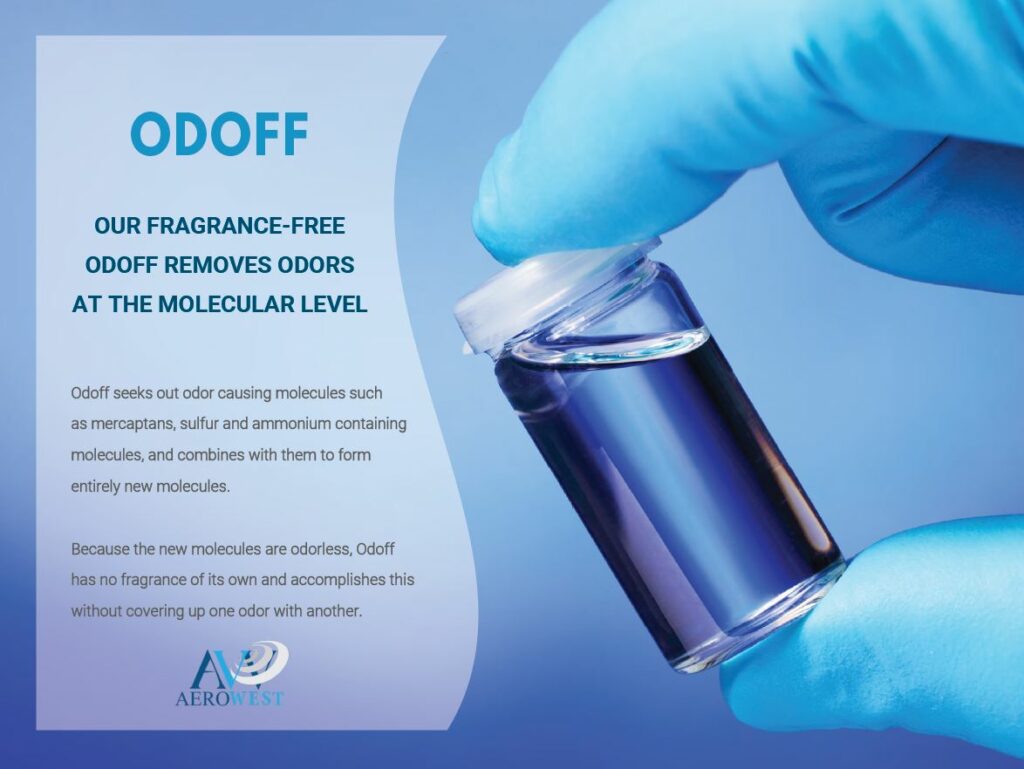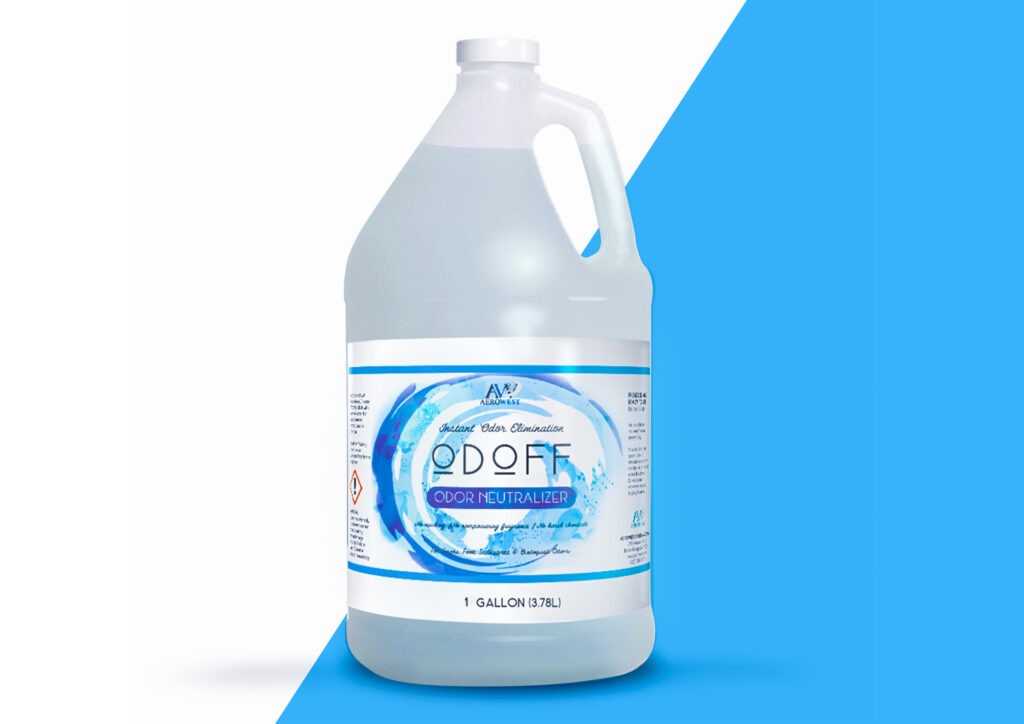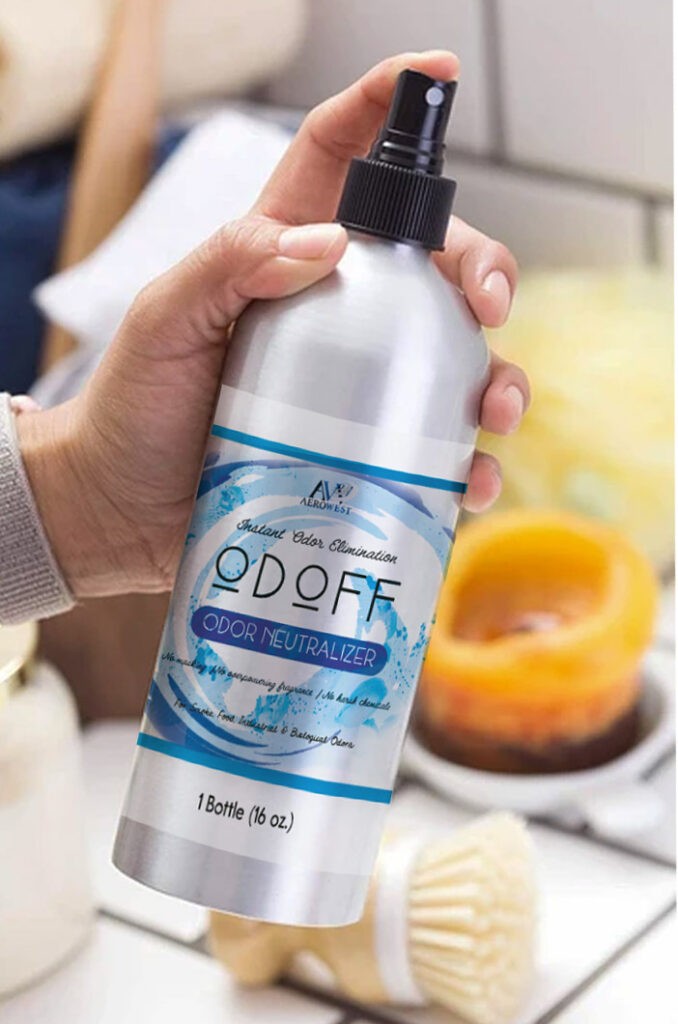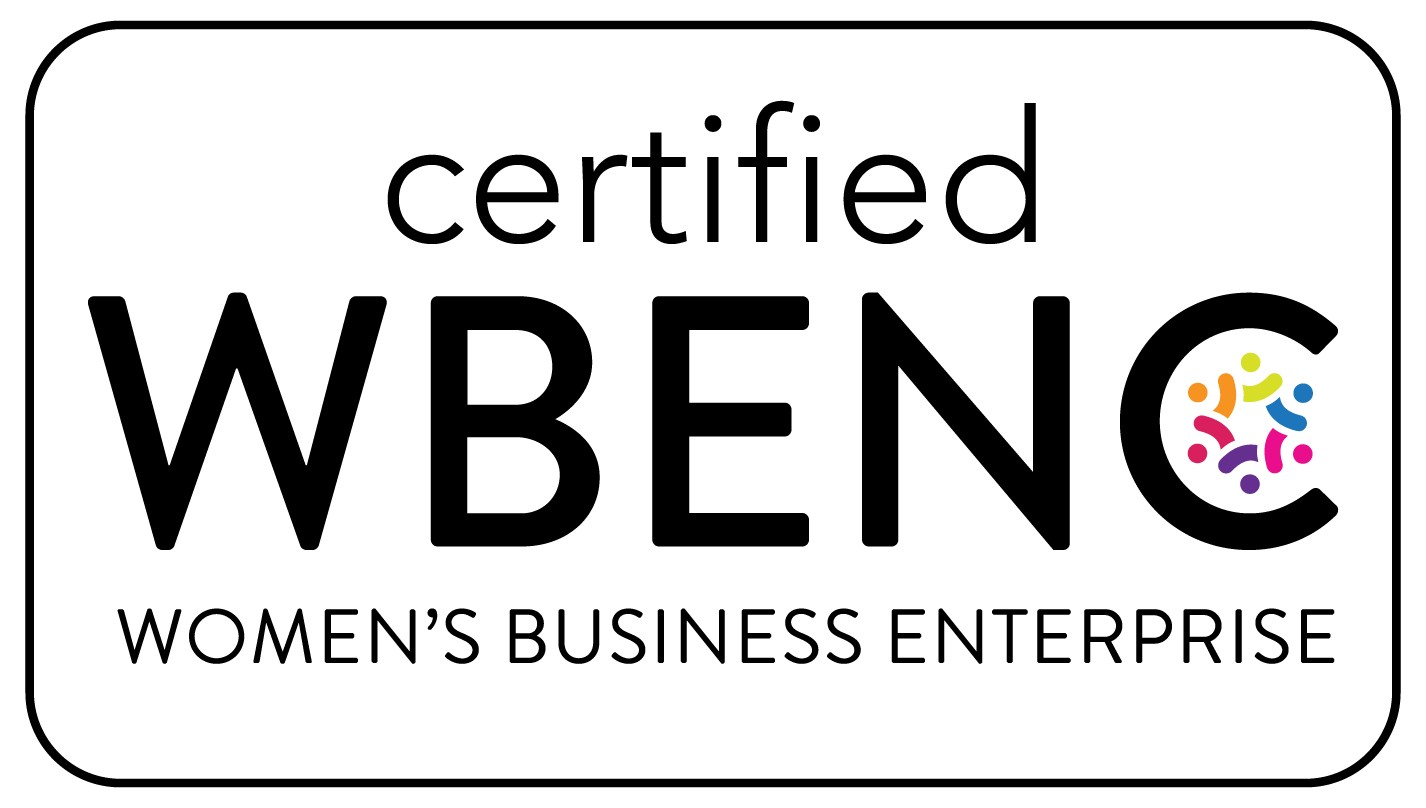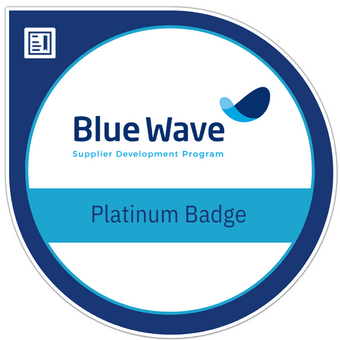Odoff Odor Neutralizer: The Best Odor Eliminator for Commercial Facilities
Fresh, odor-free facilities lead to great reputations, happy customers, and better company reviews. However, even the cleanest facilities can struggle with odor problems. That’s why AeroWest developed Odoff Odor Neutralizer. In 2013, the Odoff molecule was patented and we are still discovering new uses for this technology. Odoff eliminates the most pungent odors in seconds (it’s even proven effective against skunk odors)! If you spray Odoff into the toilet before using it, it eliminates the odor instantaneously.
As our bestselling odor neutralizer, Odoff delivers fast, odor-fighting power in a variety of formulations to meet your needs.
Our customers love Odoff BECAUSE IT WORKS! There are many ineffective, odor masking products out there. However, Odoff is a true odor neutralizer. It targets odors directly at the source, killing odors in seconds. Designed specifically to meet the needs of cleaning and facilities professionals, Odoff Odor Neutralizer is proven to effectively and rapidly eliminate the following odor sources:
- Medical Odors
- Biological Odors
- Smoke Odors
- Fire Odors
- Sewer Odors
- Mildew Odors
- Restroom Odors
- Urine Odors
- Food Odors
- Pet Odors
- Garbage Odors
- Odors caused by sulfur and ammonia compounds
How Does Odoff Odor Neutralizer Work?
Unlike air freshening sprays and “smell good” stuff, Odoff is a true odor neutralizer. Odoff reacts with odorous chemicals, rendering them non-volatile at the molecular level, so you can’t smell them anymore. In fact, Odoff is so effective at eliminating odors that when used in the presence of a conventional air freshener, it will zap the fragrance away literally in seconds!
Odoff is available in range of formulations to provide you with the odor-fighting power you need to get the job done.
- Concentrate – save time, money, and shipping cost with Odoff concentrate
- Ready-to-Use – Odoff RTU comes in a quick and easy, ready-to-use formula. Simply spray at the source of odors and watch (or smell) odors vanish almost immediately.
- Odoff Cartridges – Use in the WiseAir Air Freshening Fan to deliver the power of Odoff throughout any room.
- Odoff for AeroWest & OdoSan Drip Systems – Automatically drip Odoff into toilet and urinals for 24/7 odor protection in restroom fixtures.
- For added fragrance – We’ve developed high-quality fragrances that can be used in the presence of Odoff. Ask us about our Odoff fragrance for WiseAir and AeroWest Drip.
Odoff is safe to use in healthcare facilities, nursing homes, and schools.
Odoff Eliminates The Foulest Odors
Most of the odors produced by humans, animals and waste products are associated with two basic types of compounds: sulfur compounds including hydrogen sulfide, and ammonia compounds.
The odor of a cat litter box or bathroom comes from ammonium compounds. Ammonia is the breakdown product of urea, the waste product in urine. Urea breaks down to ammonia due to the natural presence of the urease enzyme, which also gives fecal matter its odor.
You know that cabbage odor of rotting vegetables? That odor is a mercaptan. Mercaptans are sulfur compounds that are very stinky! Ethyl mercaptan is added to natural gas to make it smell bad for safety reasons.
Mercaptans are in lots of everyday compounds:
- Cabbage-like odor associated with garbage
- Asparagus odor
- Poopy odors
- Skunk smell
- Body odor
- Garlic
- Onion
- Dairy and cattle odors
Odoff reacts with these odors and makes them non-volatile. That means that the odors you might normally smell have combined with the Odoff molecule rendering them odorless.
Interesting Facts About Odoff Odor Neutralizer:
- Odoff products cancel the activity of the urease enzyme and reduce the generation of ammonia.
- Odoff reacts with the other smelly nitrogen compounds you would find in fish or aniline like compounds and neutralizes the odor.
- Odoff even reacts with perfumes and neutralizes them.
- If Odoff is sprayed after a skunk passes by, the odor can be eliminated.
- If someone sprays Odoff in the toilet prior to using it, Odoff eliminates the odor instantaneously.
- In fan systems, Odoff works in reverse of air fresheners. As air passes by the Odoff system, odors are trapped in the Odoff cartridges, leaving virtually no odor behind.

Chemically, this is what happens:
• The C=N bond is the most attractive site for bonding with Sulfur atoms. In the book The Chemistry of Organic Sulfur Compounds the author specifically states that “the interaction between sulfur and the π orbitals of the C=N links is far greater than anything that occurs with oxygen or nitrogen substituents.”
• The Nitrogen’s empty orbital can expand its bonding capability to allow enamine stabilization to help use the ring structure to lock up Sulfide molecules.
• Sulfur’s d orbitals interact with the double bonded Nitrogen in Odoff. Recent literature searches have found that the unusually large amount of Hydrogen Sulfide removed by Odoff in aerobic environments can also be explained by enzymatic reduction of the aromatic imine to create free radicals that contain an extra electron. Once formed, the free radicals react with oxygen to produce superoxides and then regenerate the unchanged imine conmpound. These superoxides (dissolved radical oxygen molecules) may be a source of oxygen increase that has been observed in aerobic systems. These superoxides can also participate in oxidizing Hydrogen Sulfide molecules in situo or by themselves. This process is described by enzymatic futile cycling, and has been observed in proceedings from the National Acadamy of Sciences.
• Other literature states that intermolecular peroxide formation can encourage a catalytic process involving oxidation of a complexed sulfur group–as is quoted, “They reveal that this oxygen exchange commonly proceeds in concert with hydrogen exchange within an inter- or intra-molecular peroxy complex during interaction with the sulfide. A free radical chain process introduces oxygen into the sulfur complex at a position alpha to the sulfur atom, and then several secondary and in part competitive reactions, which are broadly definable, rapidly ensue to yield a complex product mixture.
• Similar literature states that the chemical reagents necessary to create the oxidation or the peroxide type radical only require aeration–as quoted,”The oxidation can be brought about by mild reagents such as air or oxygen or chemical reagents–more vigorous conditions can convert the disulfide into more highly oxidized products.
• This phenomenon has been documented that ethanolic groups in oxygenated solutions like aerobic digestors can be oxidized to the corresponding peroxide compounds in small quantities. This peroxide can oxidize sulfur molecules trapped at the nucleophilic carbon due to their proximity to the ethanolic tail. The ethanolic side chain stabilizes and encourages Sulfur/Oxygen interaction by hydrogen bond coupling. Physical models of these molecules show that the bond distances of the ethanolic side chain are the perfect distance for hydrogen bonding of the Sulfur atom trapped at the nucleophilic carbon.
About AeroWest
Since 1883, AeroWest has been a trusted manufacturer and service provider of odor control, aircare, and hygiene solutions. We’re a certified, woman-owned small business committed to developing products that make life easier for cleaning professionals. Using our decades of expertise and specialization, we deliver products and services to help achieve safer, cleaner facilities.
Let AeroWest be your single source solution for 24/7 odor elimination.
Easily eliminate odors in and around toilets, urinals, floors, drains, grease traps, or anywhere odors occur! We also offer fine, essential oil fragrances for a beautifully scented facility. Explore our 50+ fragrances or get a signature scent created uniquely for you.
AeroWest saves you time and money by streamlining restroom care through innovation solutions, including: automatic cleaning & deodorizing drip units, professional scent machines, odor neutralizing urinal mats, toilet seat sanitizers, deodorizing floor cleaners, anti-splash urinal screens, double-sided toilet clips, luxury hand care solutions, touch-free dispensers and more!
AeroWest is based in Baton Rouge, LA, offering full-service and product sales throughout the U.S. and worldwide distributor opportunities.
Call us to today to try our services or to learn more: 225-302-5570 or e-mail info@aerowest.com.

